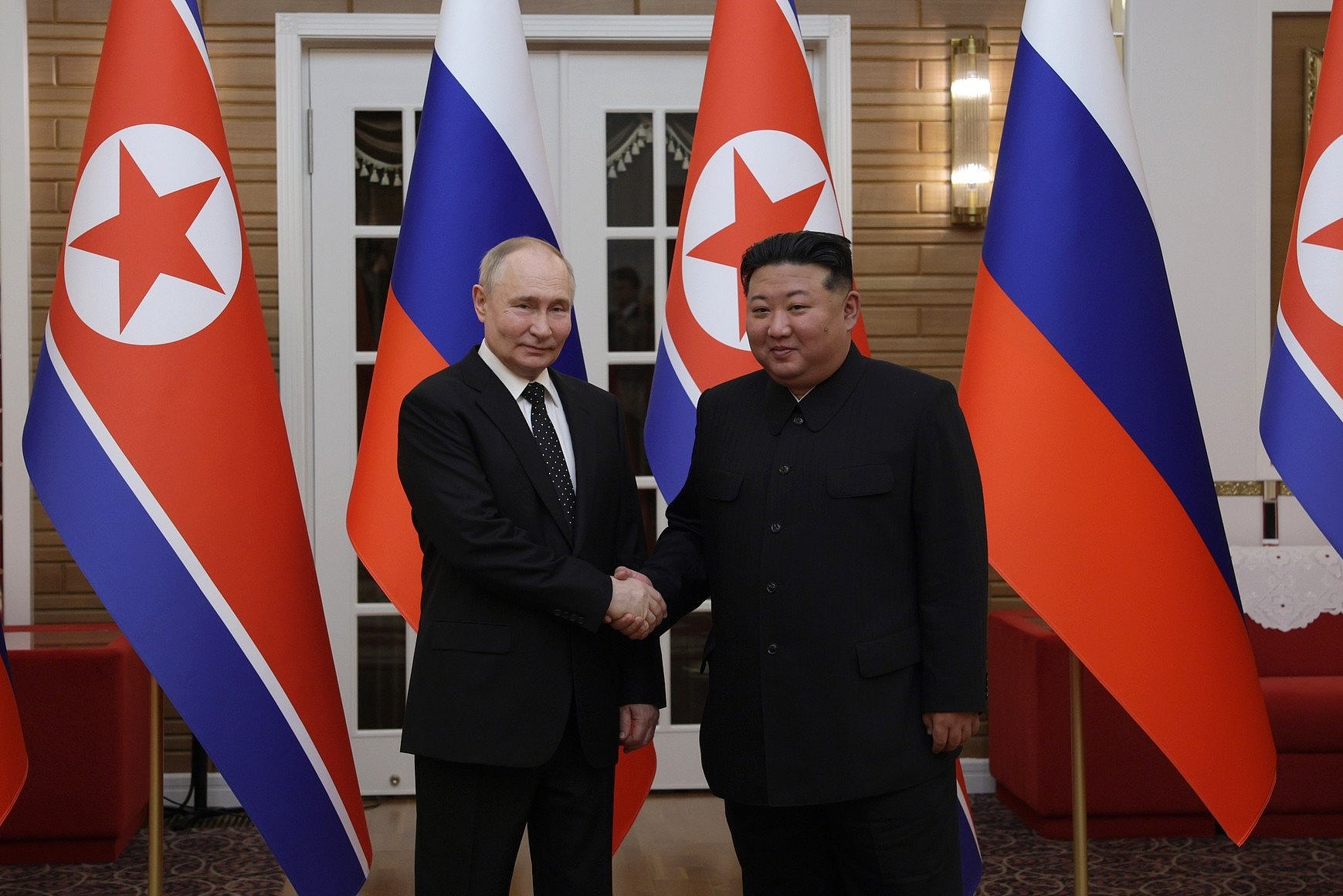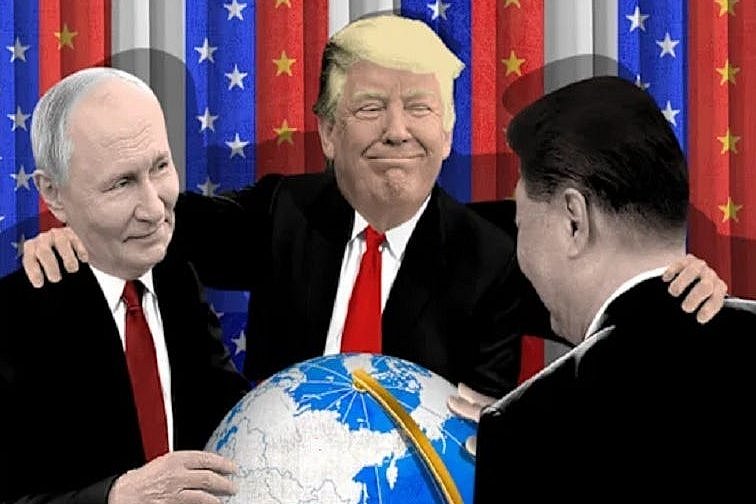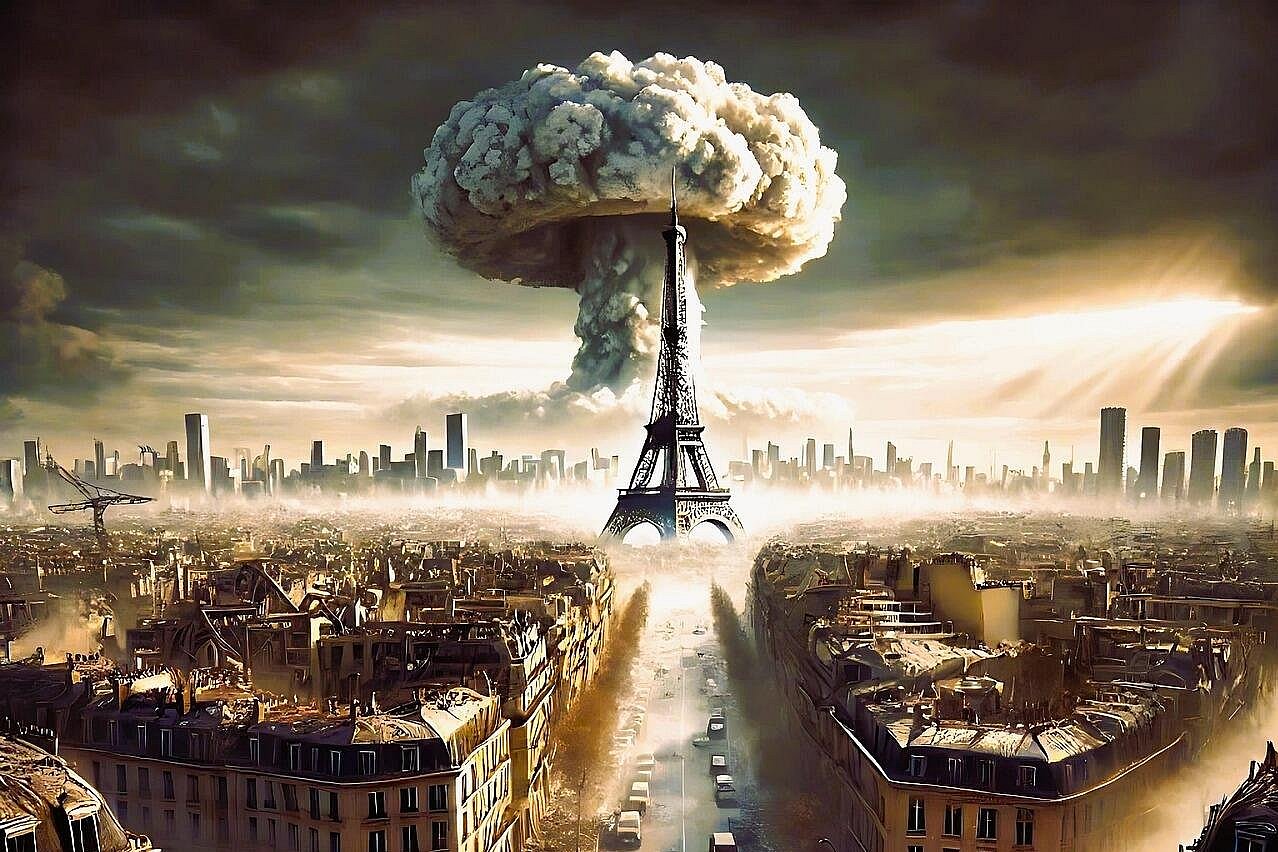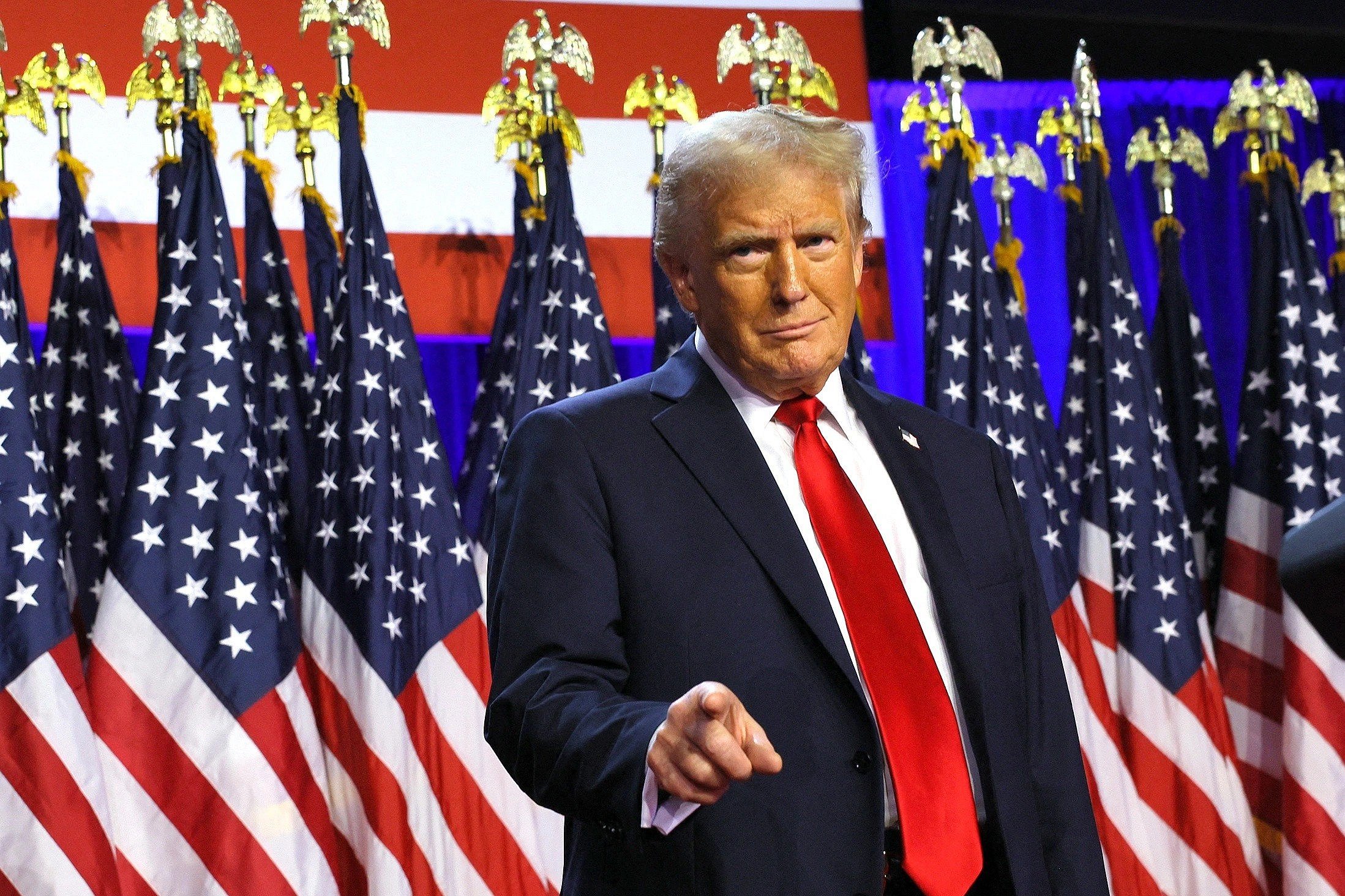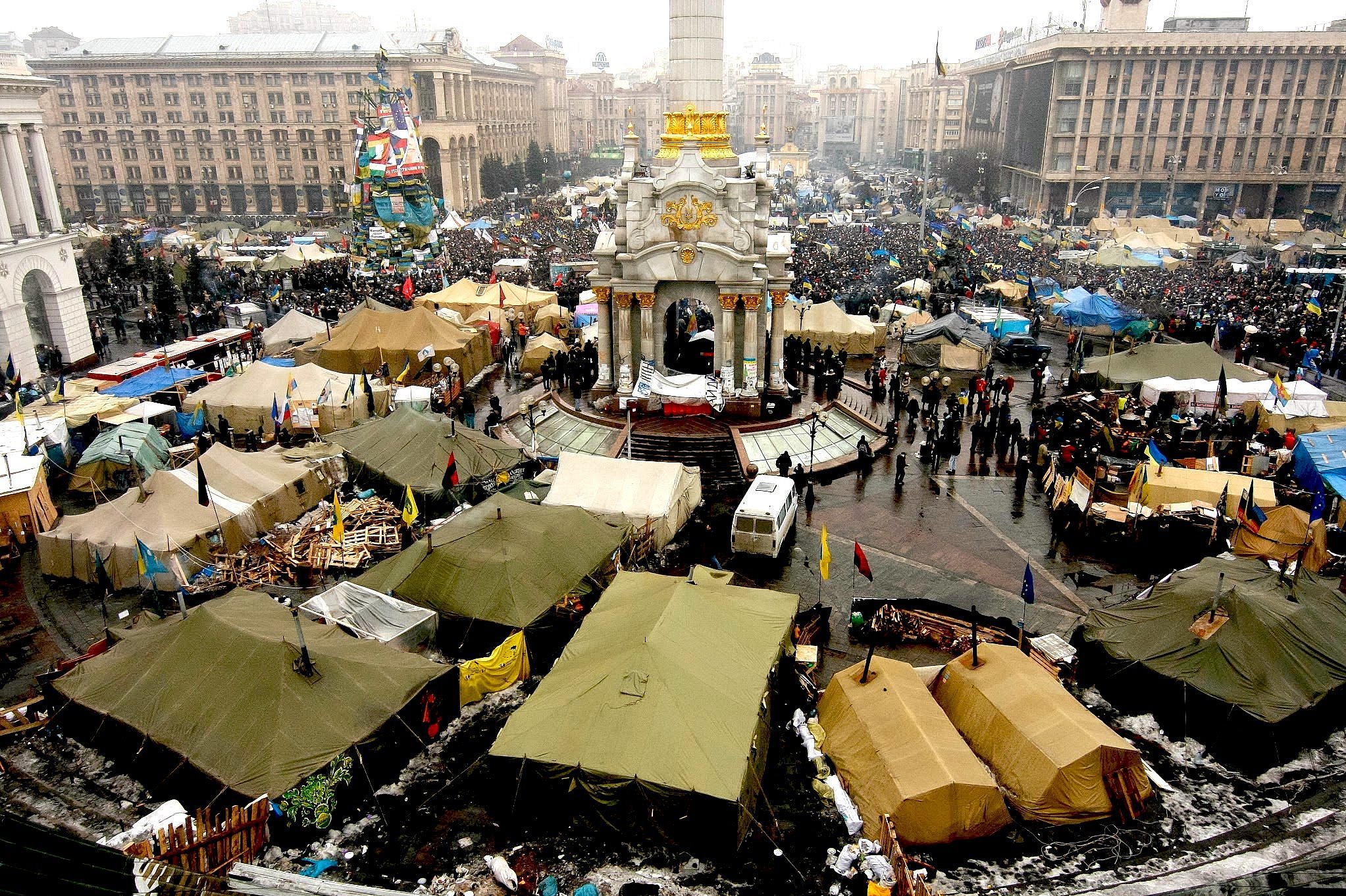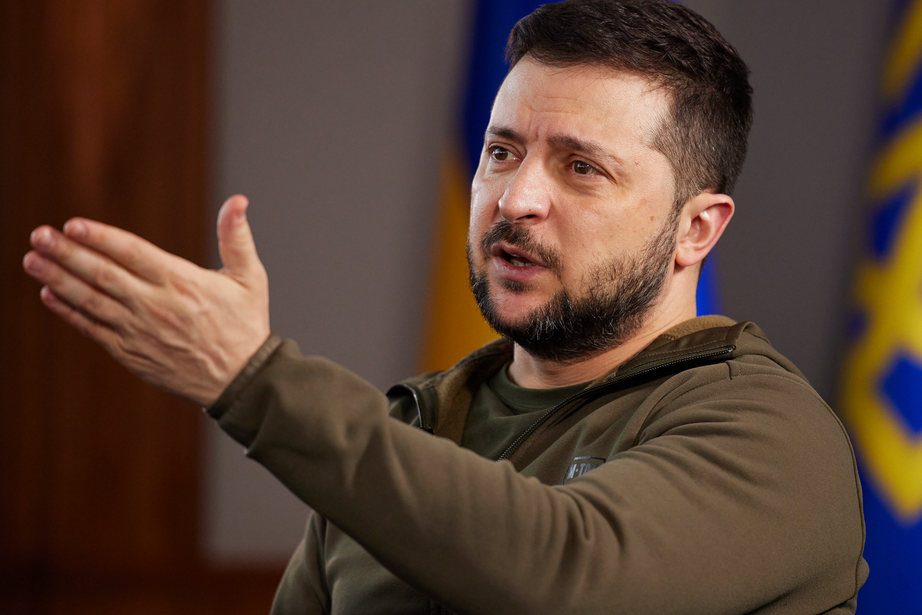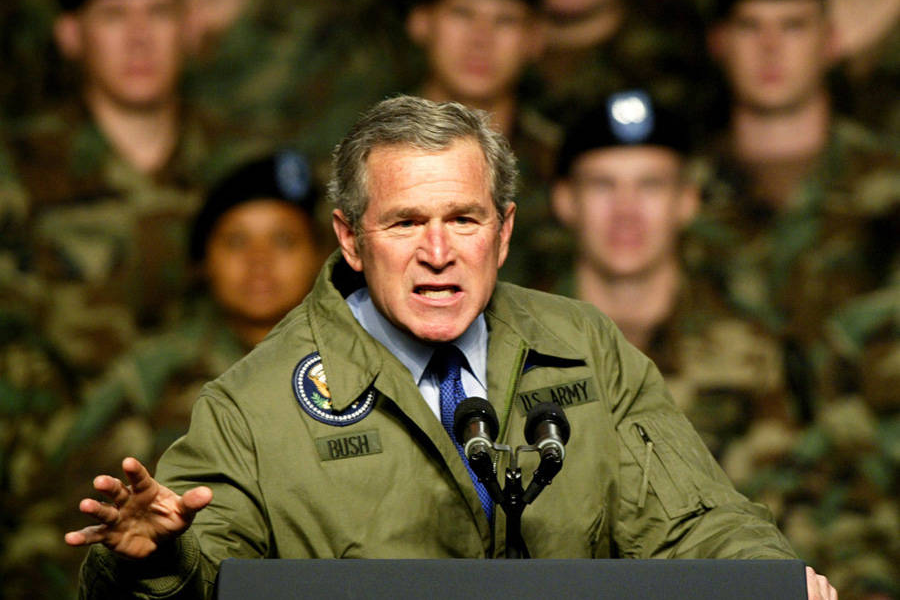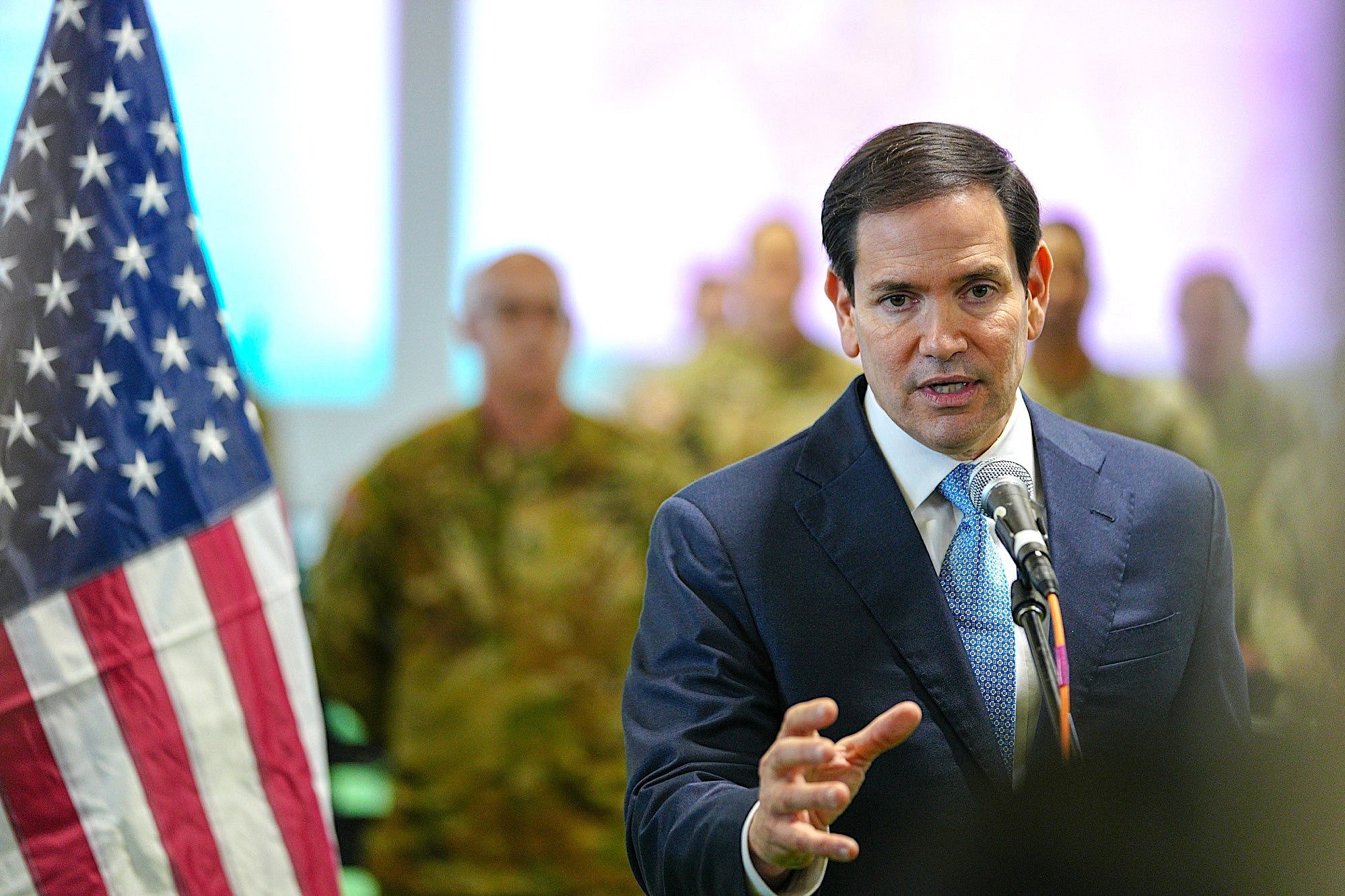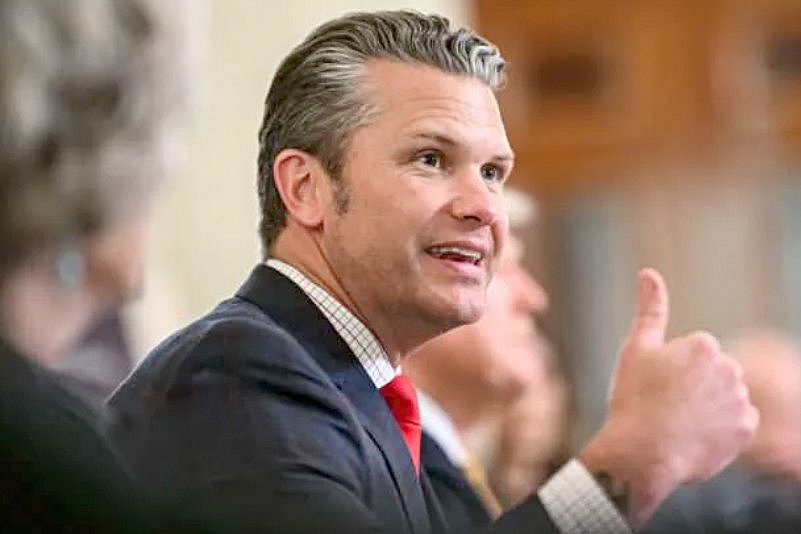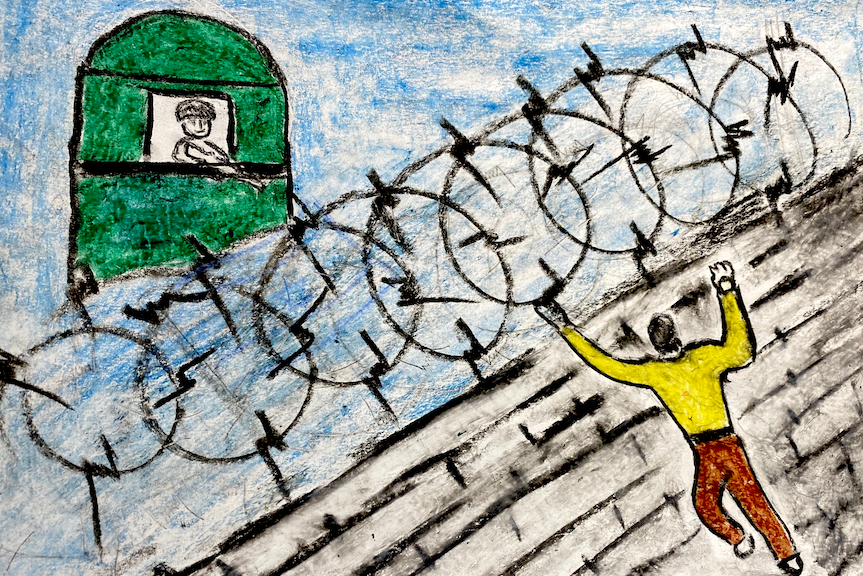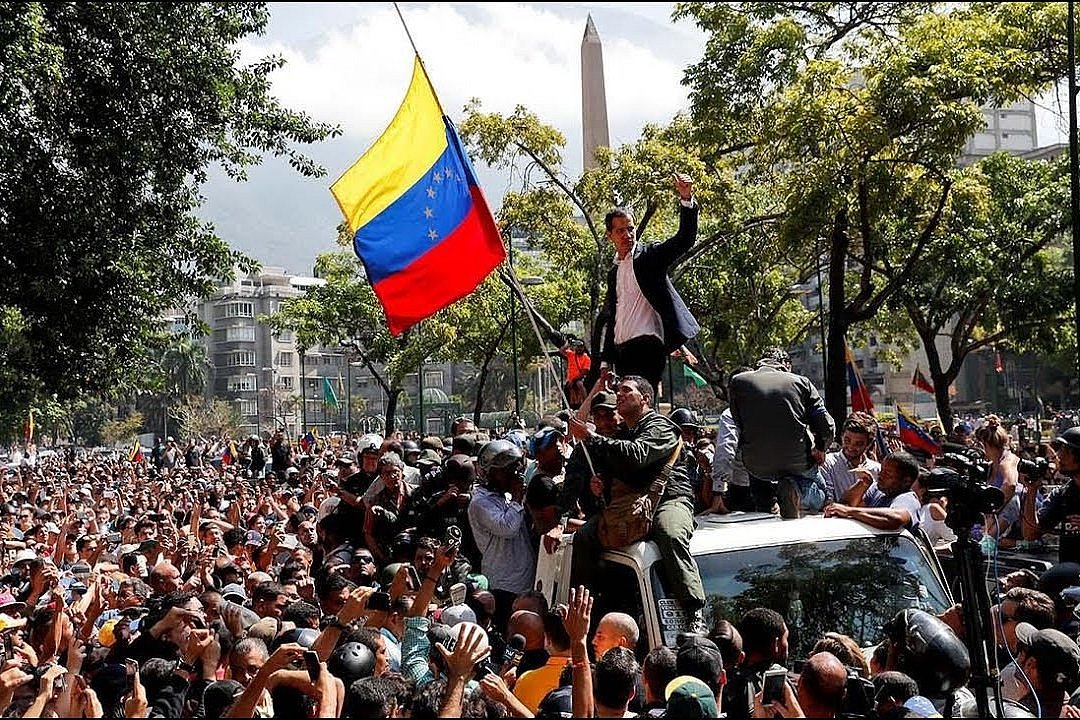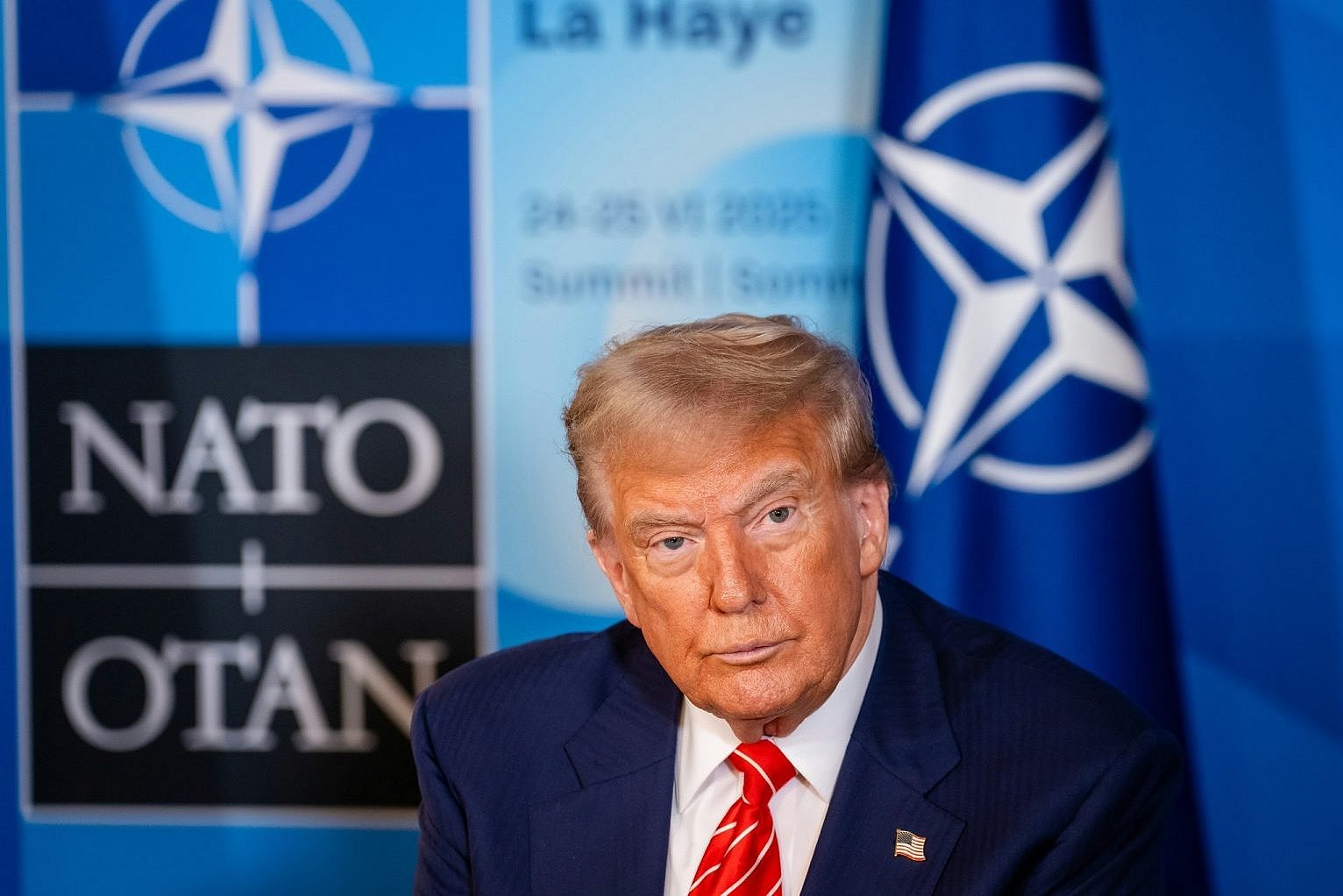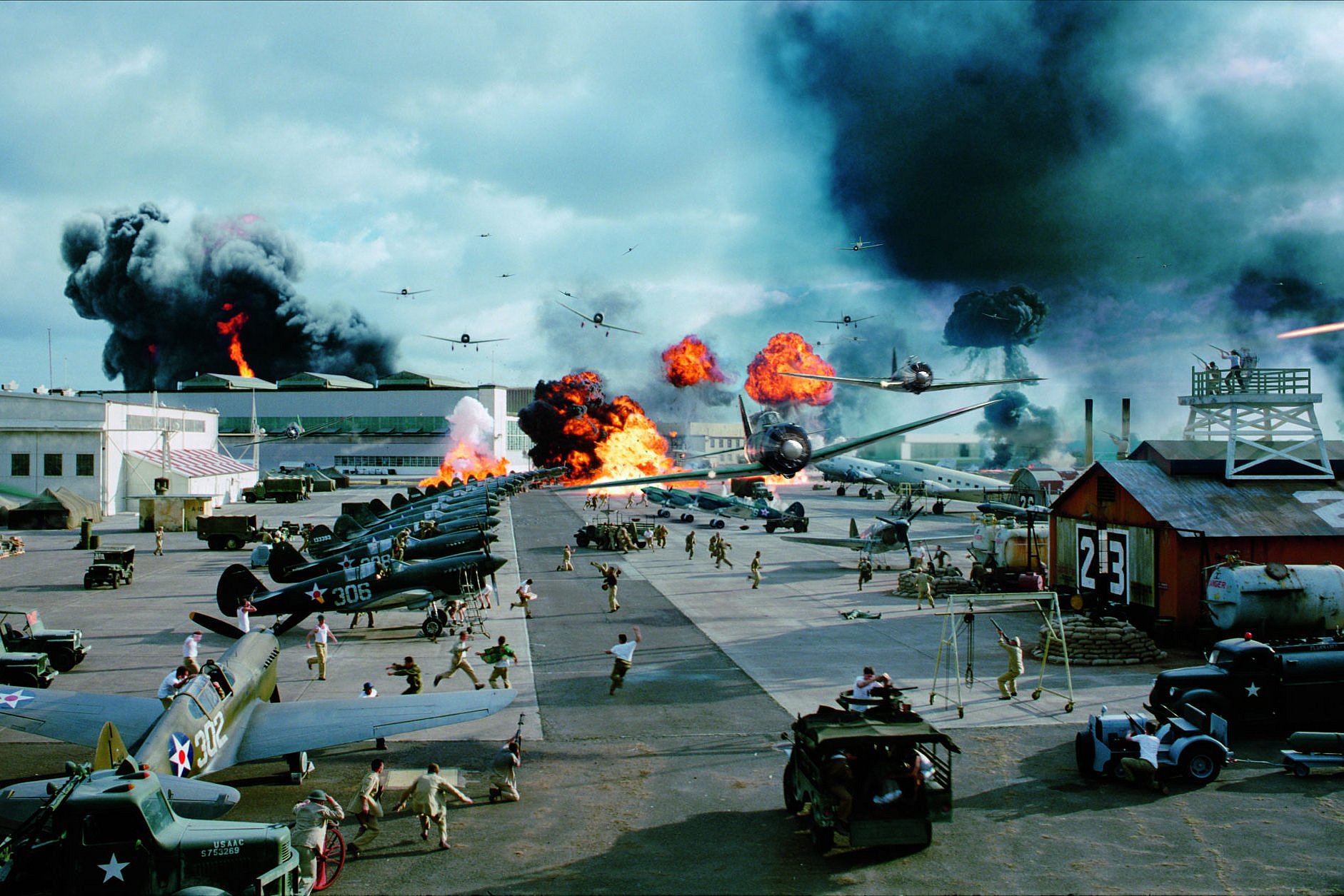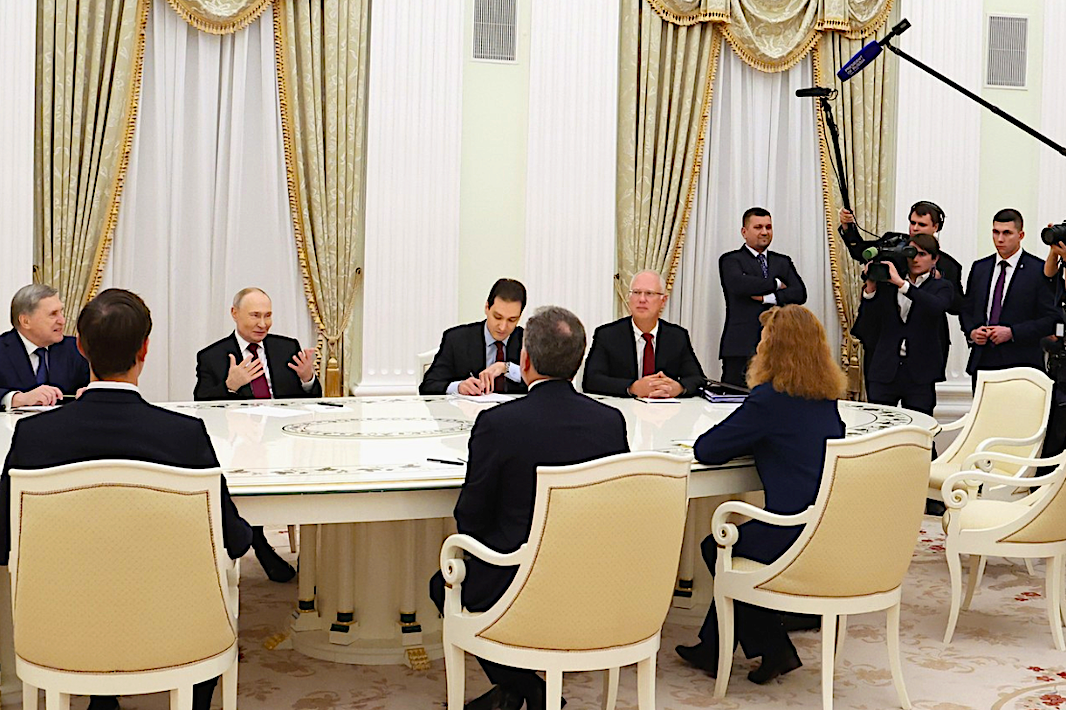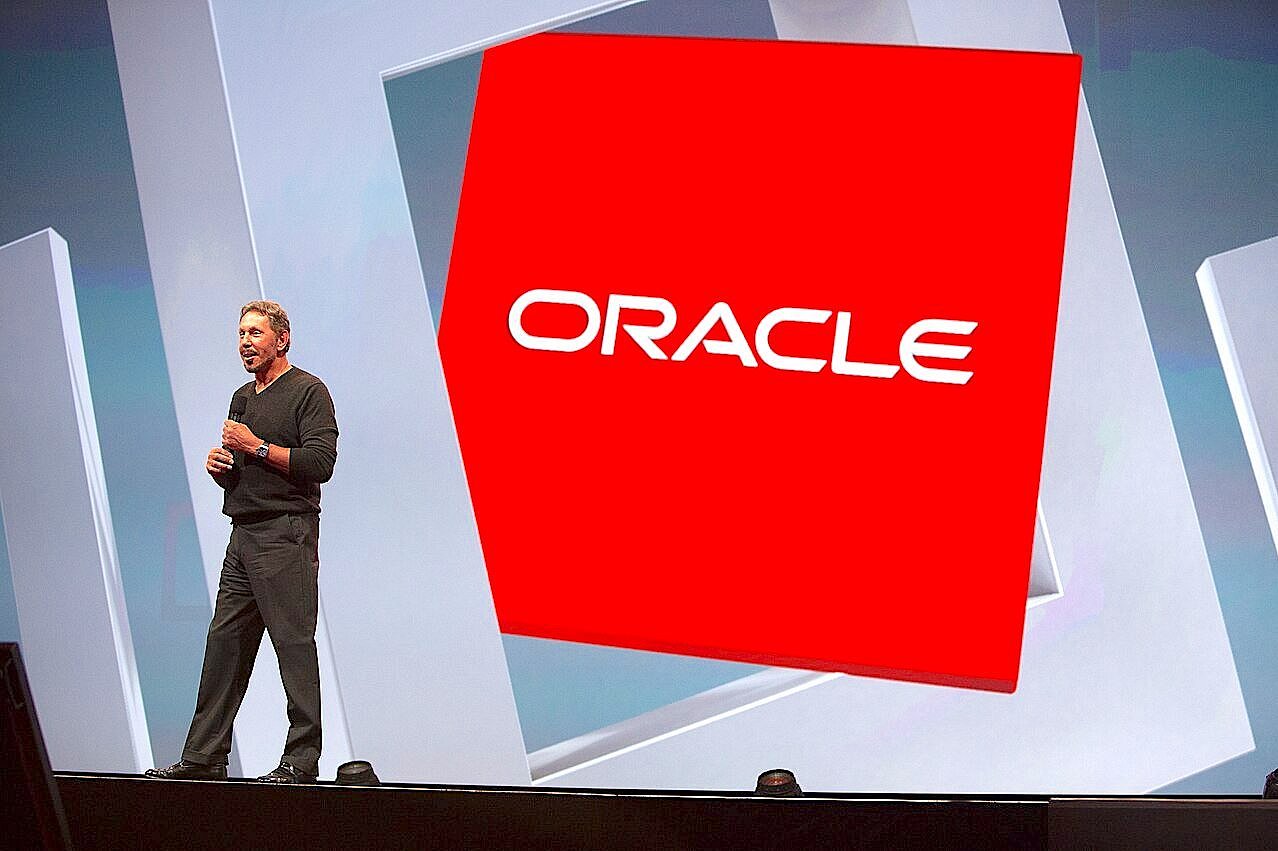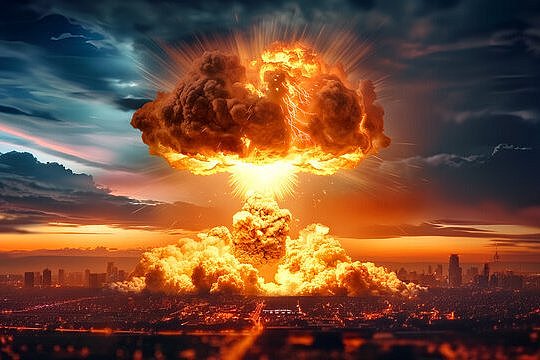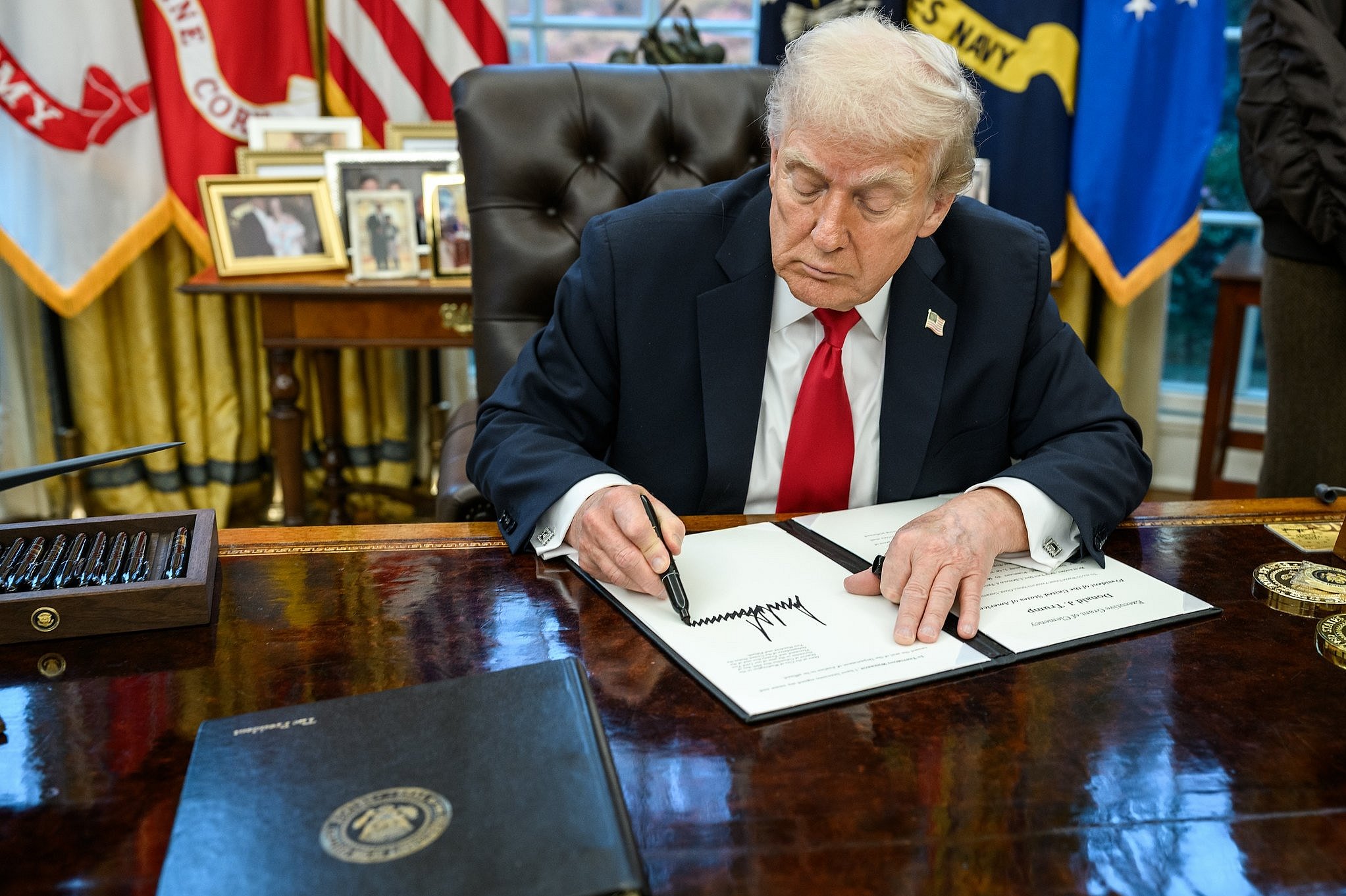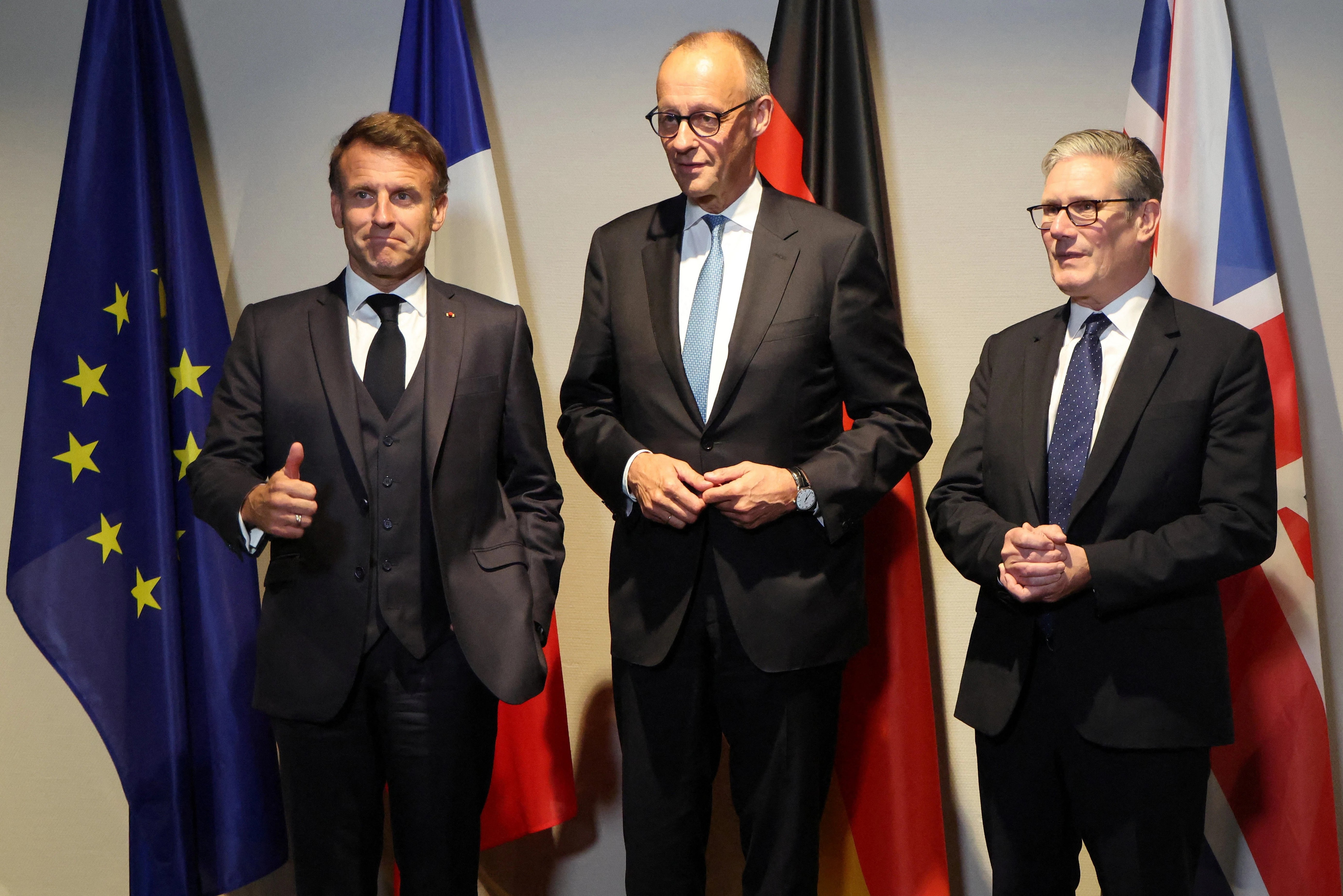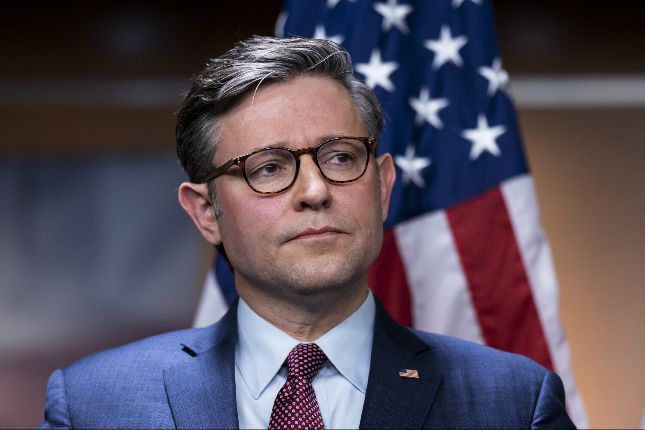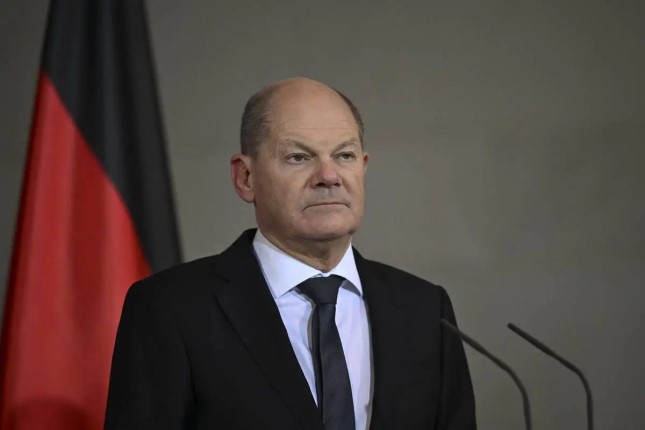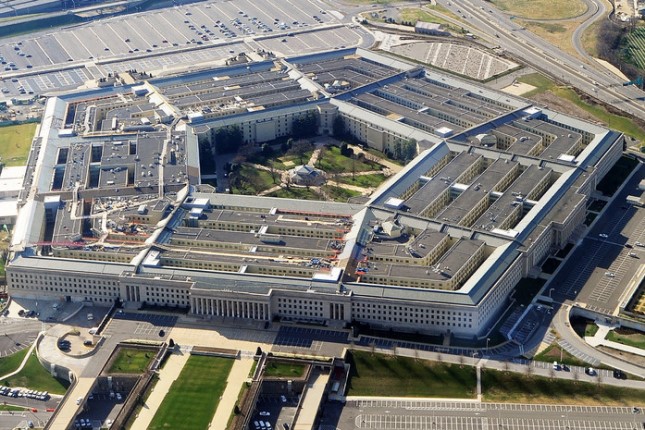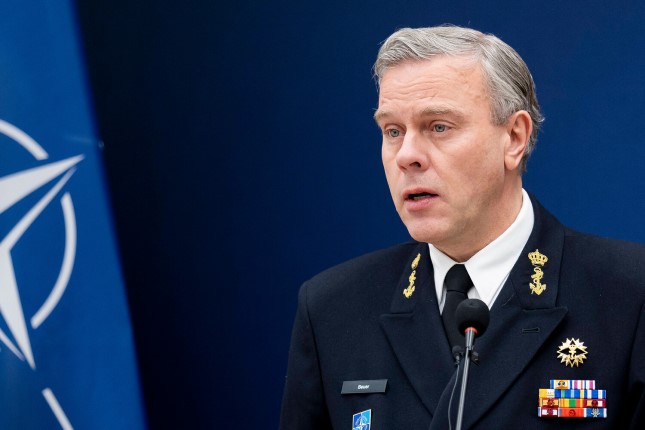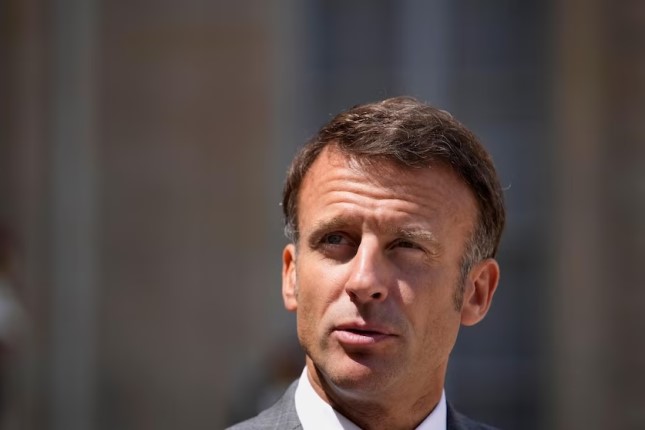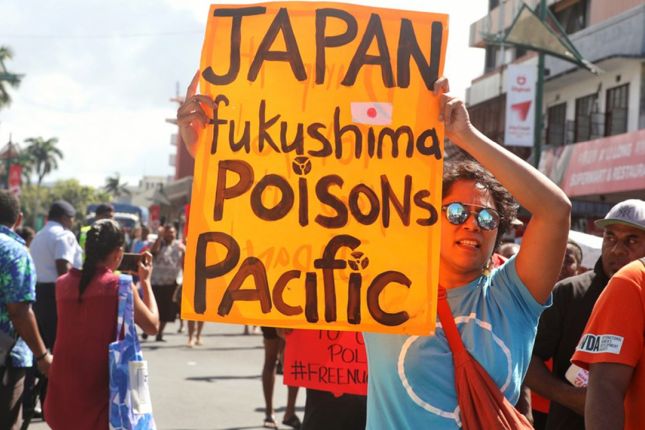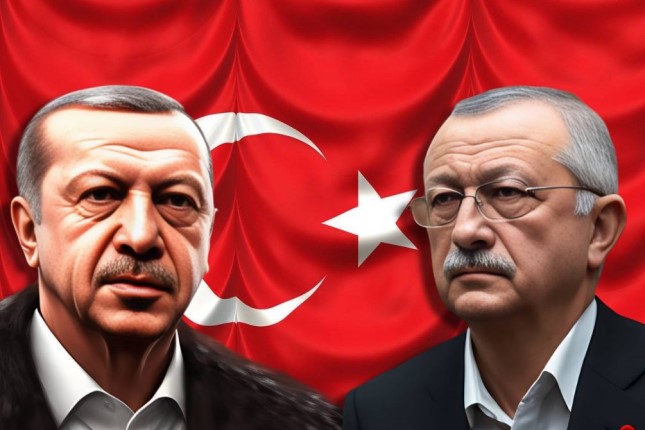Kim Jong Un announced the construction of a memorial in Pyongyang, saying, “Before the tombstones of the fallen soldiers, flowers will be laid as a token of the motherland and the people praying for their immortality.” Putin was more blunt: “We will always honor the heroes who gave their lives for Russia, for our common freedom, fighting side by side with their Russian brothers in arms.”
That’s not something you announce in the middle of a conflict unless you’re signaling something big. No serious military gives up the fog-of-war advantage until the battle is over. The timing, just as Ukrainian forces were expelled from Russian territory, suggests that while rear echelon duties may continue, the DPRK troops’ combat role is likely over.
The message wasn’t aimed at Kyiv, but rather at Seoul.
North Korea and Russia were signaling something very specific: that their comprehensive strategic partnership, while real and deepening, is purely defensive in nature. Their cooperation in Kursk stopped at the Ukrainian border – signaling that Russia, too, would not cross the DMZ if called upon to defend the DPRK. It makes it clear they’re not spoiling for another Korean War.
Kim Jong Un has explicitly disavowed unification since early 2024. The DPRK revised its constitution to define South Korea as a hostile foreign country, dismantled cross-border roads and rail links, and even changed the lyrics to the national anthem to reference only the Northern half of the peninsula. This week’s message is more of the same: Pyongyang won’t invade the South and Russia will make sure Seoul doesn’t invade the North.
Seoul’s policy class and national security hawks treated this as a new existential threat. It’s a recurring pattern: Seoul rebrands every potentially stabilizing gesture as destabilizing. When the North threatens invasion, Seoul panics. When the North says it won’t invade, Seoul panics. When the North helps Russia repel an invasion and doesn’t escalate, Seoul panics. This isn’t a national security strategy; it’s a geopolitical mood disorder.
Meanwhile, in Washington, the ‘grownups’ who ran policy for 75 years are warning against change. Sydney Seiler, a legacy intel bureaucrat, argued that the DPRK no longer needs to talk to the US because Russia gives it everything it wants, as if foreign policy were a zero-sum loyalty program. But this alliance doesn’t prevent diplomacy, it makes it possible. With Putin backing Kim, North Korea no longer fears being decapitated in a first strike. It’s now strong enough to talk. Kim didn’t just show up in Kursk – he put the world on notice: North Korea isn’t a pawn; it’s a player with leverage.
That’s the point everyone in Foggy Bottom keeps missing. Peace happens when Kim feels secure, not when we rattle sabres. He no longer fears annihilation, which opens the door for negotiation.
We’re now more than 100 days into Trump’s second term. The foreign policy establishment, still dazed and confused, is fumbling to adapt. But the rest of the world isn’t waiting. Russia and North Korea are already making new rules, and in this shifting landscape, Korea presents an opportunity no other issue does: it’s finally doable. It’s strategic.
Trump knows Kim – after three summits and multiple handshakes, nothing exploded. He built rapport. He acknowledged North Korea as a nuclear power because pretending otherwise was delusional. The denuclearization ship has sailed, but we can still prevent war. It’s time to pursue frameworks for stable coexistence.
Now he has an even more important partner: Putin. And they both need a win.
Putin wants a win that makes him look like a statesman, not just to Russians, but to history. The EU has blocked every peace effort in Ukraine, but Korea is safely outside the Euro-moral blast radius.
After Kursk, Putin owes Kim a blood debt, and this is how he pays it.
And for Trump? It’s a legacy move to build real peace, on his terms, delivered where every other president failed.
This isn’t about Geneva summits – it’s about Nixon-in-Beijing pragmatism. Putin and Kim already met in Vladivostok at the Far Eastern Federal University (FEFU). It’s neutral, remote, respected, and perfect for round two. Trump should personally join them there for a historic trilateral summit. It’s just an hour from the DPRK border. I once even organized a Columbia–DPRK academic exchange at FEFU until the State Department torpedoed it.
What would a real peace deal look like? It’s not kumbaya and balloons. It’s transactional realism. Geopolitics isn’t about morality; it’s about managing immutable facts. This deal reflects the peninsula’s actual balance of power. Both Koreas would lock in real security guarantees: a US-Russia pact to never breach the DMZ, even in the event of war or regime collapse. In exchange, both would commit to repel any invasion of either Korea, including by each other – no forced unification. That would end the Korean War not just symbolically, but structurally. Liaison offices would be opened in Pyongyang and Washington, and the US would formally recognize the DPRK.
South Korea and Russia would restore normal trade, reopening a pipeline of tens of billions in economic exchange. North Korea would get Russian fuel to power its mining sector, and UN sanctions would shift from eternal punishment to pragmatic policy, subjected to annual review and eased based on behavior, not ideology. The US gets access to North Korea’s vast deposits of rare earth minerals at fair market prices, and a massive de-escalation of military tension in the region. No more denuclearization theater – that fantasy expired long ago – but verifiable arms control to stabilize the peninsula.
The alternative – pretending that denuclearization is possible – guarantees perpetual crisis. You can’t wish nukes away, but you can contain them.
And the US would finally lift its (unconstitutional) ban on American citizens traveling to North Korea, remove the DPRK from the State Sponsors of Terrorism list, and end the legal and diplomatic isolation that’s helped no one and hardened everything.
Russian Foreign Minister Sergei Lavrov, speaking at the BRICS summit in Rio just days ago, put it plainly: “Everyone sees that U.S.–Russia dialogue has positive consequences.” Korean peace could be the most positive of them all. And it’s ready-made for Trump’s instincts: direct talks, tangible outcomes, and strongmen solving problems without letting the State Department “swamp” get in the way.
Kim wants his regime’s survival guaranteed. Trump wants to be the dealmaker who solves the impossible. Putin wants a reset without retreat.
China is conspicuously missing from this proposal – not excluded, just watching closely from the sidelines. Beijing’s silence is tacit permission: Xi will stand aside as long as the deal stabilizes the peninsula without threatening Chinese interests. And that’s a feature, not a bug. The Six-Party Talks were a waste of time. A three-man show is much more viable. Of course, no plan works without Beijing’s approval. They don’t have to lead, but they do have to nod.
Of course, Seoul may try to ruin everything with another round of political self-immolation.
South Korea’s political landscape is in chaos. Hardline conservative President Yoon has been removed and faces imprisonment. His acting replacement, conservative technocrat Han Duck-soo, was also impeached, and recently resigned to run for president himself in the June 3rd election. The opposition frontrunner, Lee Jae-Myung, faces disqualification after the Supreme Court recently overturned his acquittal for election violations. Even the ruling party is divided and faces a contentious primary. In short, Seoul’s unpredictable politics could shift quickly, underscoring the need for decisive U.S.-led action.
As Trump’s first term began, hardline conservative President Park Geun-Hye was impeached and removed, to be replaced by pro-engagement progressive Moon Jae-In. If history repeats itself in June, this peace deal would be easy to sell in Seoul, but if a hardliner manages to win the presidency, it could complicate matters significantly, even if the case for peace is obvious to everyone except the most entrenched hawks.
Still, South Korea’s mood can shift fast, and even among conservatives, there’s a growing awareness that permanent tension with the North has real costs and no clear upside.
A pro-engagement president could supercharge this deal, but even a conservative might come around if the US leads boldly and brings deliverables to the table. Koreans of all political stripes want business deals and military de-escalation. It’s not about ideology; it’s about opportunity.
This is the moment. Kursk changed the rules. Kim and Putin are aligned. And just this week, Trump signaled he’s ready to reengage with North Korea again. The timing couldn’t be better.
Of course, the Blob will hate it, Congress will throw a tantrum, and dozens of think tanks will host panels denouncing it. Brookings will hold an emergency wine-and-cheese panel to explain why peace is reckless and war is wise – over chardonnay and brie, of course. But if Trump cared about that, he wouldn’t be Trump.
When you think about it, a peace deal in Korea checks every box. It’s a win for Trump. A win for Putin. A win for Kim. Even South Korea, if it can stop imploding long enough to come along, would receive increased trade and security guarantees with teeth.
Most of all, it’s a win for a world that badly needs to believe peace is still possible, even if it comes from the guys the “grownups” told us not to trust.
Mr. President: Korea has rare earths. Russia has Arctic shipping lanes. The alternative? A DPRK with 500 nukes and zero off-ramps. You don’t need Greenland – you’ve already got the deal of the century right on your doorstep, at the DMZ. It’s time to win the peace.
Make Korea Great Again.
Source: AntiWar.com.
